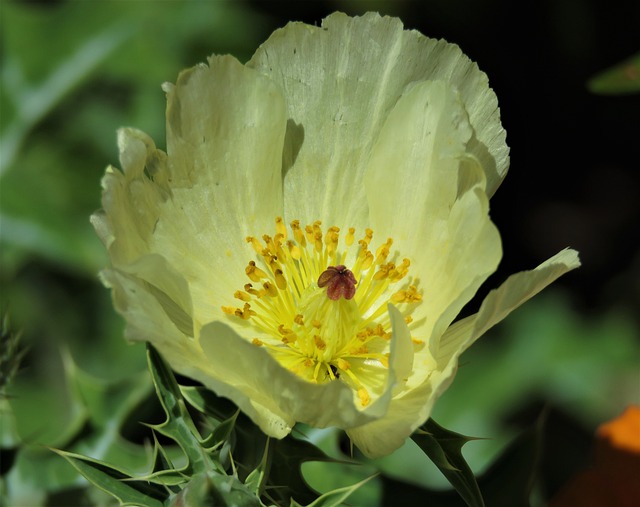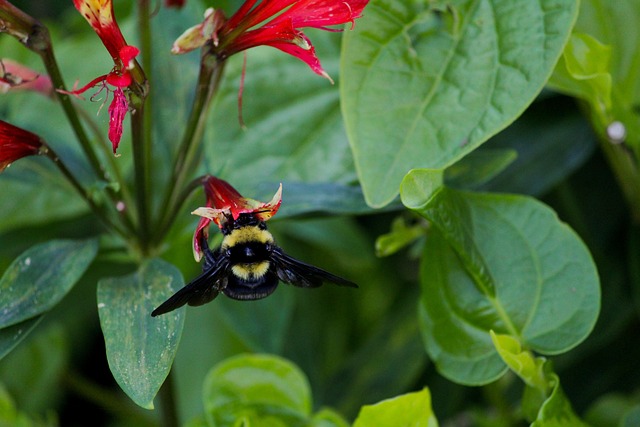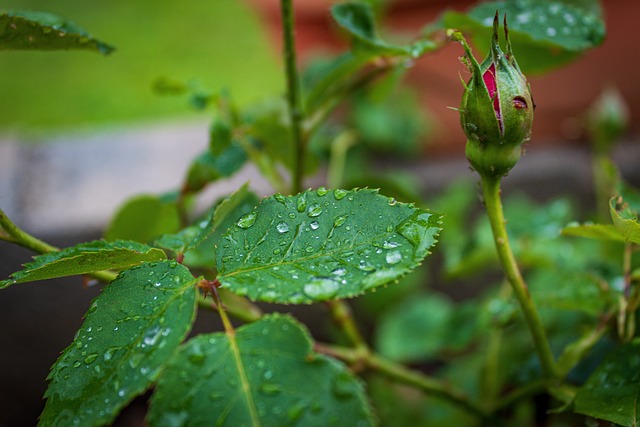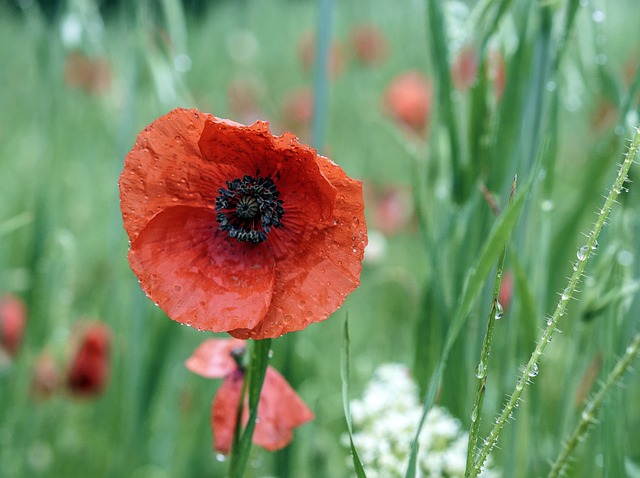bethoje 😁 Betoje: A Cultural Treasure and Its Significance in Contemporary Society

Betoje: A Cultural Treasure and Its Significance in Contemporary Society
In a world increasingly homogenized by globalization, the preservation of cultural expressions becomes crucial. Among these treasures is bethoje, a unique form of traditional art that embodies the spirit and richness of its origins. Bethoje is not merely a craft; it is a narrative woven into the fabric of communities, reflecting the hopes, struggles, and identities of those who practice it. Understanding bethoje requires delving into its historical context, its contemporary relevance, and the importance of safeguarding such cultural practices for future generations.bethoje
Historically, bethoje has roots that stretch deep into the cultural heritage of its region. It emerges from a blend of influences, including indigenous traditions, colonial interactions, and later, the fusion of various artistic styles. This art form often utilizes natural materials, showcasing the skill and creativity of artisans who transform simple elements into intricate designs. Each piece carries with it the stories of the people, often depicting themes of nature, spirituality, and community life. The colors, patterns, and techniques used in bethoje not only enhance its aesthetic appeal but also serve as a visual language, speaking volumes about the culture from which it originates.bethoje
In contemporary society, the significance of bethoje has only grown. As people become more aware of the importance of cultural preservation, there is a renewed interest in traditional art forms. Bethoje stands as a testament to resilience in the face of modern challenges, including the encroachment of mass production and the loss of traditional skills. Artisans who practice bethoje are not just preserving a craft; they are safeguarding a way of life that emphasizes sustainability, community engagement, and the value of handmade goods over industrial products.bethoje
Moreover, bethoje serves as a bridge between generations. Many artisans are now passing down their skills to younger members of the community, ensuring that the techniques and stories behind this art form endure. This intergenerational exchange is vital, as it nurtures a sense of belonging and identity among the youth. By learning about their cultural heritage through bethoje, younger generations develop a deeper appreciation for their roots and the importance of their history.bethoje
The market for bethoje has also evolved, with increasing demand for authentic, handmade products. Consumers are becoming more discerning, often seeking out items that tell a story or have a cultural significance. This shift presents a unique opportunity for artisans, allowing them to sustain their craft economically while also gaining recognition for their work. However, it also comes with challenges, as artisans must navigate the delicate balance between maintaining traditional methods and adapting to contemporary market demands.bethoje

In an age where mass-produced items dominate the marketplace, the value of bethoje lies in its uniqueness and the personal touch of the artisan. Each piece is a labor of love, imbued with the artist's vision and cultural significance. This authenticity resonates with consumers who are increasingly drawn to products that are not only beautiful but also meaningful. Supporting artisans who create bethoje is not just an investment in a product; it is a commitment to preserving cultural heritage and promoting sustainable practices.bethoje
However, the survival of bethoje is not guaranteed. It faces threats from globalization, which often prioritizes efficiency and uniformity over individuality and craftsmanship. Efforts to promote and protect traditional arts are crucial in ensuring that practices like bethoje are not lost to time. Advocacy for cultural preservation can take many forms, from funding for artisans to educational programs that raise awareness about the importance of traditional crafts.
The role of the community is also paramount in this endeavor. By fostering pride in local traditions and supporting local artisans, communities can create an environment where bethoje and similar art forms can thrive. Initiatives that encourage collaboration and collective marketing can empower artisans, providing them with the tools they need to succeed in a competitive marketplace.
In conclusion, bethoje is more than an art form; it is a vital expression of cultural identity that deserves recognition and protection. As we navigate the complexities of a rapidly changing world, it is essential to honor and uplift traditional practices that connect us to our past and provide meaning in the present. By understanding and supporting bethoje, we contribute to the preservation of a cultural treasure that enriches our lives and connects us to the diverse tapestry of human experience. Let us embrace the responsibility to nurture and celebrate such art forms, ensuring they continue to inspire and educate for generations to come.bethoje

Fale conosco. Envie dúvidas, críticas ou sugestões para a nossa equipe através dos contatos abaixo:
Telefone: 0086-10-8805-0795
Email: portuguese@9099.com


